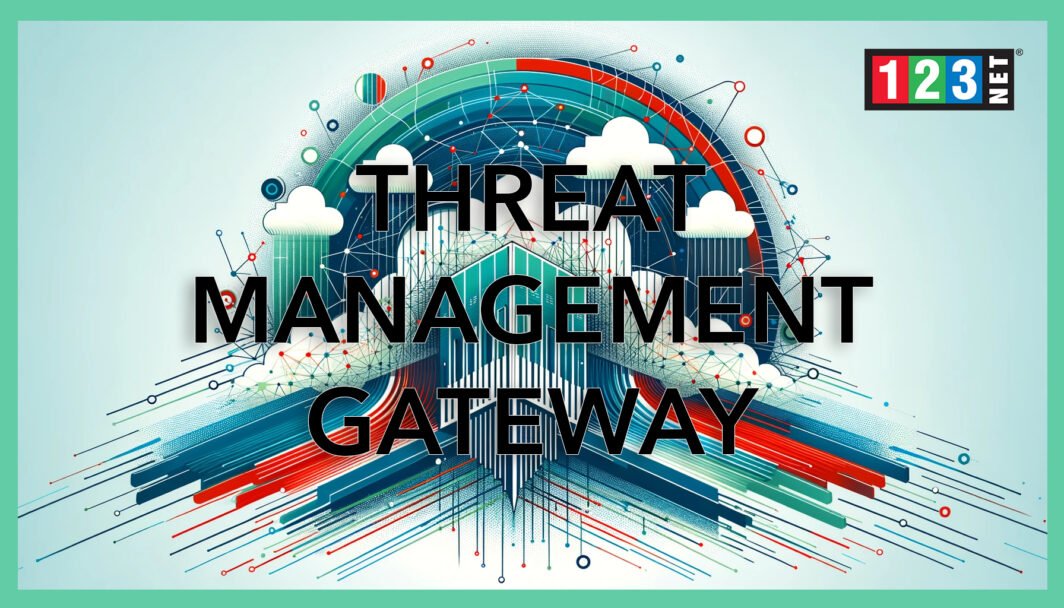
Introduction
Overview of Threat Management Gateway Threat Management Gateway (TMG), initially known as Microsoft Internet Security and Acceleration (ISA) Server, represents a comprehensive solution for managing internet access and ensuring network security. This gateway combines multiple security features into a single platform, including firewall protection, VPN server support, and web caching. Its evolution from Microsoft ISA Server to Forefront TMG marked a significant advancement in cybersecurity, integrating additional features like malware protection and intrusion prevention.
Evolution from Microsoft ISA Server to Forefront TMG The transition from ISA Server to Forefront TMG involved substantial enhancements in network security. Features like application layer protection, stateful filtering, and SecureNAT were introduced, offering more robust protection against cyber threats. This evolution also emphasized the importance of secure web content and data loss prevention in modern network environments.
The Concept of Unified Threat Management (UTM)
Definition and Importance of UTM Unified Threat Management (UTM) is a security solution combining multiple security functions. This approach simplifies management and enhances security by consolidating tasks like firewall protection, content filtering, intrusion prevention, and antivirus programs.

Key Features of UTM Platforms UTM platforms typically include features such as:
- Firewall Protection: Ensures secure network boundaries and stateful filtering of traffic.
- Content Filtering: Blocks access to inappropriate or harmful web content.
- Intrusion Prevention: Detects and blocks malicious activities.
- Antivirus and Malware Protection: Scans for and removes harmful software.
Benefits of Using UTM in Threat Management The benefits of UTM in managing threats include:
- Streamlined Security Management: Combines multiple security functions for easier management.
- Enhanced Security: Provides comprehensive protection against various cyber threats.
- Cost-Effectiveness: Reduces the need for multiple, separate security devices.
Features of Microsoft Forefront TMG

Routing and Remote Access Features Forefront TMG offers advanced VPN server capabilities, enabling secure remote access to corporate networks. It also acts as a network router, managing data flow efficiently across networks.
Security Features: Network Traffic Inspection and Content Filtering The security features of TMG extend to thorough network traffic inspection, ensuring malware protection and intrusion prevention. Content filtering capabilities enable secure web content management, crucial for cybersecurity.
Network Performance Features: Web Traffic Compression and Caching TMG enhances network performance through web caching, which speeds up access to frequently visited websites. Web traffic compression further optimizes bandwidth usage, improving overall network efficiency.
Historical Evolution of Microsoft Forefront TMG

From Microsoft Proxy Server to ISA Server
The journey began with Microsoft Proxy Server, evolving into ISA Server. This progression marked the beginning of integrating advanced network security features into Microsoft’s offerings.
Development and Enhancements in ISA Server 2000, 2004, and 2006
ISA Server underwent several upgrades, with the 2000, 2004, and 2006 versions introducing improved features in firewall protection, VPN connectivity, and web caching.
Transition to Forefront TMG and its Capabilities
The transition to Forefront TMG represented a significant leap in capabilities, particularly in cybersecurity. It introduced enhanced application layer protection, data loss prevention strategies, and more sophisticated intrusion prevention mechanisms.
Deployment and Application of Threat Management Gateway

Setting Up and Configuring TMG The deployment of TMG involves installation and configuration tailored to specific network requirements. This includes setting up firewall rules, VPN configurations, and enabling web caching and content filtering features.
Real-world Applications and Case Studies TMG finds application in various sectors, from corporate environments to educational institutions, providing robust network security and performance management. Case studies demonstrate its effectiveness in preventing cyber attacks and managing network traffic efficiently.
Integration with Other Microsoft Products TMG integrates seamlessly with other Microsoft products, enhancing overall network management and security.
Frequently Asked Questions (FAQ)

1. What is Threat Mitigation?
Threat mitigation refers to the process and set of techniques used to reduce the risk and impact of potential security threats to a network or system. This involves identifying, analyzing, and implementing strategies to prevent or minimize the damage caused by cyber threats. Common threat mitigation methods include using firewalls, intrusion prevention systems, antivirus programs, and implementing strong policies for data loss prevention and secure web content.
2. What is a Threat Intelligence Gateway?
A Threat Intelligence Gateway (TIG) is a cybersecurity solution that filters network traffic based on intelligence about known threats. It uses data from various sources to identify and block malicious traffic before it can penetrate the network. This proactive approach to security involves analyzing patterns and signatures of known malware, attacks, and unauthorized access attempts, thereby enhancing overall network security.
3. What Replaced Threat Management Gateway?
Microsoft Forefront Threat Management Gateway (TMG) was replaced by a range of newer, more advanced security solutions and services, as Microsoft ceased its development in 2012. These replacements include next-generation firewalls, Unified Threat Management (UTM) systems, and cloud-based security services like Microsoft Azure’s security features. Updated security features, such as advanced intrusion prevention, improved malware protection, and comprehensive network security management align with cybersecurity trends.
4. What is TMG Server Used For?
TMG (Threat Management Gateway) server was primarily used for securing network environments against a variety of cyber threats. Its key functions included acting as a firewall to control network traffic, providing VPN server capabilities for secure remote access, web caching to enhance network performance, and content filtering for secure web browsing. TMG also offered malware protection and intrusion prevention features.
Conclusion

Summary of Key Points Evolving from Microsoft ISA Server to Forefront TMG, represents a pivotal solution in network security and performance management. Its features span firewall protection, VPN server capabilities, web caching, and advanced cybersecurity measures like intrusion prevention and malware protection.
The Future of Threat Management Gateways The future of TMGs lies in adaptation to evolving cyber threats. Integrating more advanced security technologies and maintaining seamless compatibility with evolving network infrastructures. As cyber threats become more sophisticated, TMGs will remain vital in protecting network environments and ensuring secure, efficient internet access.




